

Halloween is coming again! We invite you and the family to join our Halloween event at Carousel. Put your costume on and get spooky with us!
今年的万圣节又要来了!邀请您带着家人到Carousel参加最好玩的万圣节活动!记得换上最酷的服装,一起来捣蛋!

Event Flow 活动流程
Arrival 集合
Art 手工环节
Carnival 嘉年华游戏
Runway 走秀表演
Trick-or-Treat 不给糖就捣蛋
Gift&Dismissal 领礼物
Spolight 活动特色
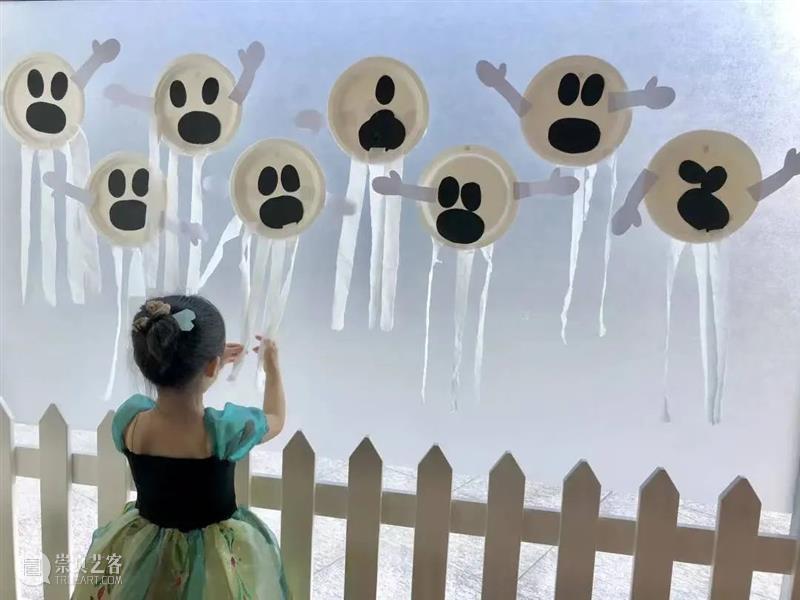
On Halloween, people wear costumes to go from door to door to receive gifts from their neighbors or attend Halloween parties. Do you know the origin of Halloween? We'd like to share with you some things about Halloween!
万圣节,除了大家熟悉的“不给糖,就捣蛋”(trick or treat)、变身在大街上穿梭或挨家挨户拜访邻居,或来个参加活动外,你知道「万圣节的由来」是什么吗?我们来讲讲几个关于万圣节的知识。


Origin of Halloween
万圣节的由来
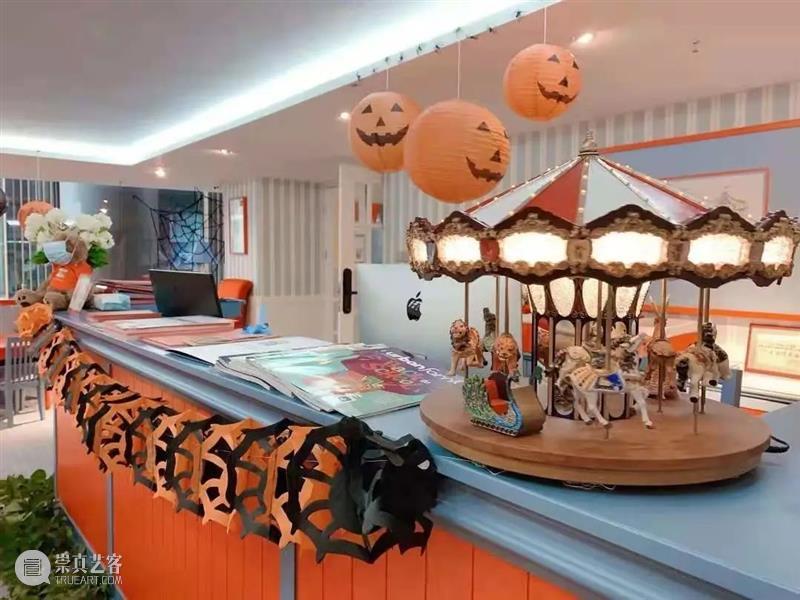
Halloween has a history dating back thousands of years. Starting as Hallows Eve in Ireland and Scotland, it has changed over time to the holiday that we see today.
万圣节的历史可以追溯到几千年前。它起源于爱尔兰和苏格兰的圣夜,随着时间的推移,它变成了我们今天看到的节日。
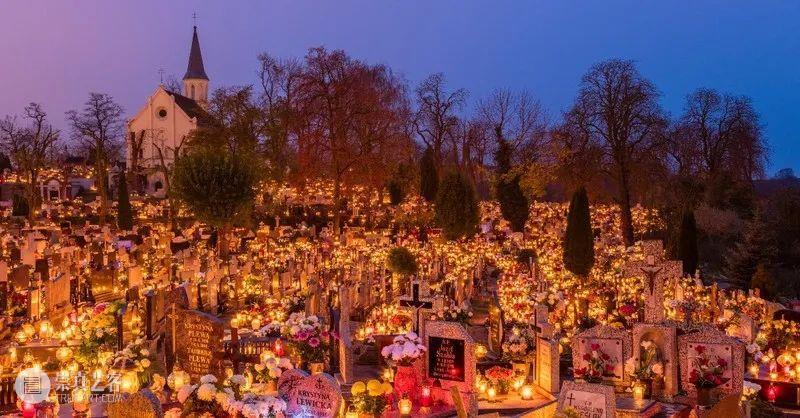
Halloween falls on the last day of October. The ancient holiday was similar to New Year’s Eve to the Celts, who would celebrate the end of the old year and the start of a new year.
万圣节在十月的最后一天。这个古老的节日类似于凯尔特人的新年前夜,他们会庆祝旧一年的结束和新一年的开始。
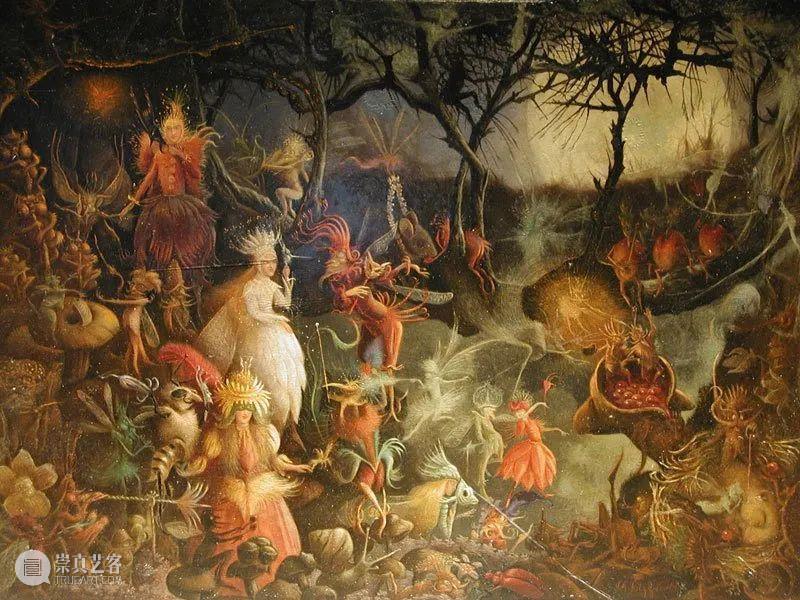
The ancient people believed that the spirits of their ancestors would return to Earth on Halloween. They would dress up in costumes made from fur and look like monsters to scare away the bad spirits.
古人相信他们祖先的灵魂会在万圣节回到地球。他们会穿上由毛皮制成的服装,看起来像怪物,以吓跑恶灵。
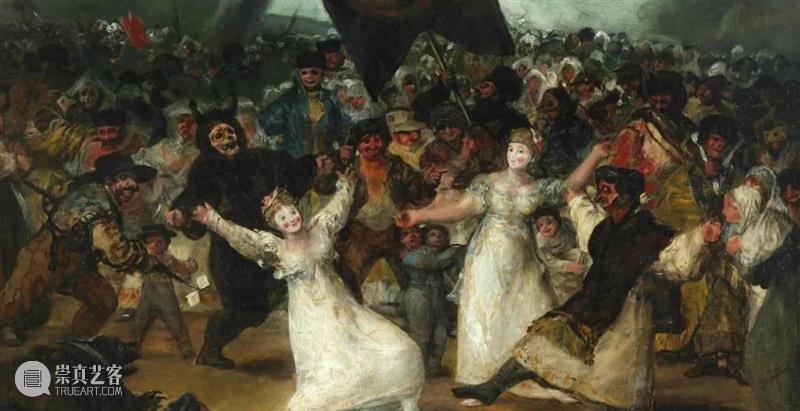
Today, people still wear costumes, but they choose costumes for fun. Many children dress up as princesses, superheroes, book characters, and traditional creatures. Children and adults will enter costume contests to win prizes and take pictures with their friends.
现代的万圣节,人们还是会装扮,但他们装扮目的是为了好玩。许多孩子装扮成公主、超级英雄、书中人物或怪物。儿童和大人会参加服装比赛以赢得奖品,并与朋友拍照。


Traditions of Halloween
万圣节的习俗
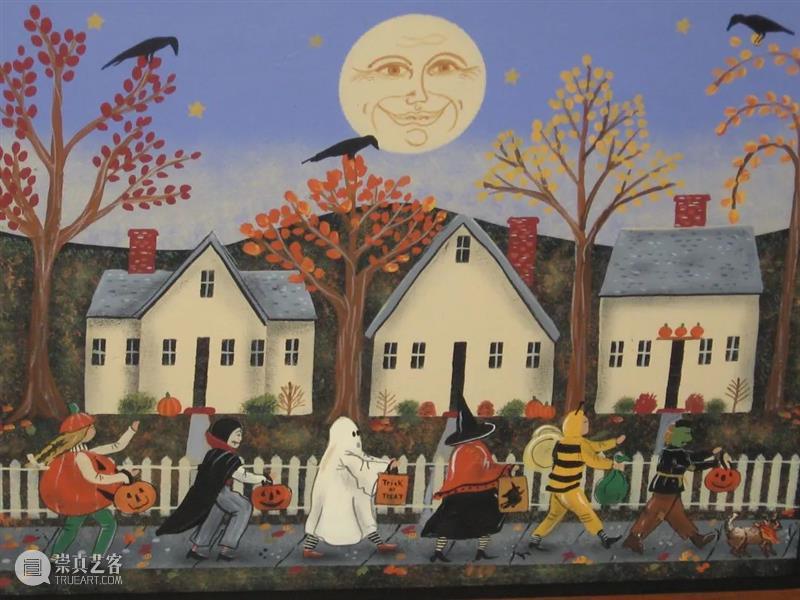
Trick-or-treating is still similar to the ancient tradition. In ancient times, children on Halloween would go from house to house and ask adults for treats. Kids commonly received cookies with raisins in them and other gifts. If the adults did not share treats with them, the belief was that bad luck would fall onto the house and cause mischief or tricks. This is why it is called trick-or-treating and children say “trick-or-treat.”
“不给糖就捣蛋”仍然与古代传统相似。在古代,孩子们在万圣节前夜会挨家挨户地向大人们讨吃的,在敲门之后要说“不给糖就捣蛋”。孩子们通常会收到带葡萄干的饼干和其他礼物。如果大人们不与他们分享食物,人们相信坏运气会落在房子上,引起恶作剧或恶作剧。这就是为什么它被称为“不给糖就捣蛋”。

On this day, masked children went door to door singing for wandering souls and begging for "Soul Cakes with raisins". It is believed that evil spirits will make mischief if nothing is shown. This practice is considered the origin of today's "Trick-or-Treat".
这天,戴上面具扮装的孩子们,为徬徨的灵魂们一面歌唱一面挨家挨户地走访并乞求"灵魂蛋糕(Soul Cakes,放了葡萄乾的四角型麵包)"。人们认为这个时候如果什麽都不拿出来的话,恶灵会来捣蛋。这个做法被认为是今天"Trick or Treat"的原型。


The Story of Jack-O-Lanterns
南瓜灯的典故
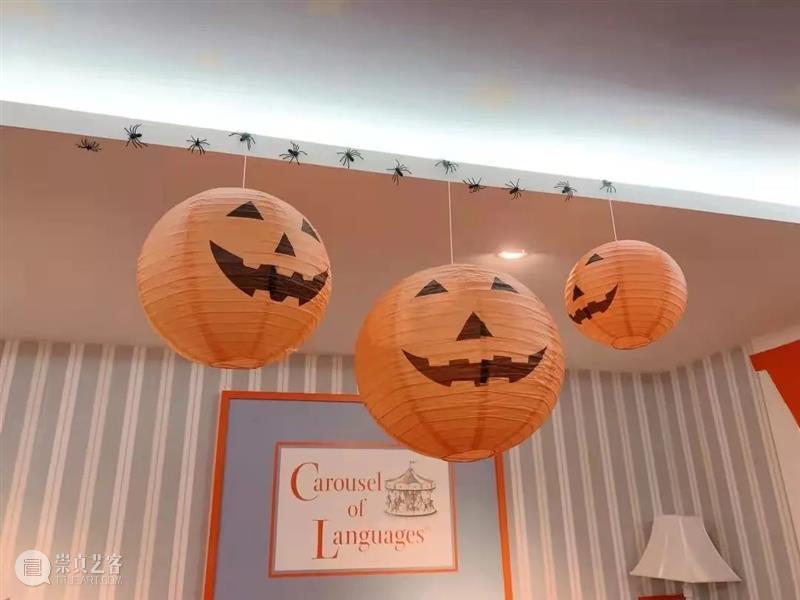
Jack-o-Lanterns are from an Irish legend about a man named Jack. Jack was not a nice man and when he lost his way home, nobody would help him find his way back. Originally, people put lights in turnips to help Jack find his way. When Halloween spread to the United States, pumpkins were more common than turnips and people would put lights in those instead. The Lantern Jack held became a symbol of the spirits of the dead, called the "Jack-o-lantern," and was placed at every door as a demon-fighting prop.
杰克灯来自爱尔兰的一个传说,是关于一个叫杰克的人的故事。杰克并不是个好人,当他迷路回家时,没有人会帮助他找到回家的路。最初,人们把蜡烛放在萝卜里,以帮助杰克找到路。当万圣节传到美国后,南瓜比萝卜更常见,人们会在南瓜里头放灯。Jack手裡拿着找路的灯笼变成了亡者魂魄的代表,被称为“Jack-O'-Lantern”,并作为除魔道具摆放在家家户户门口。
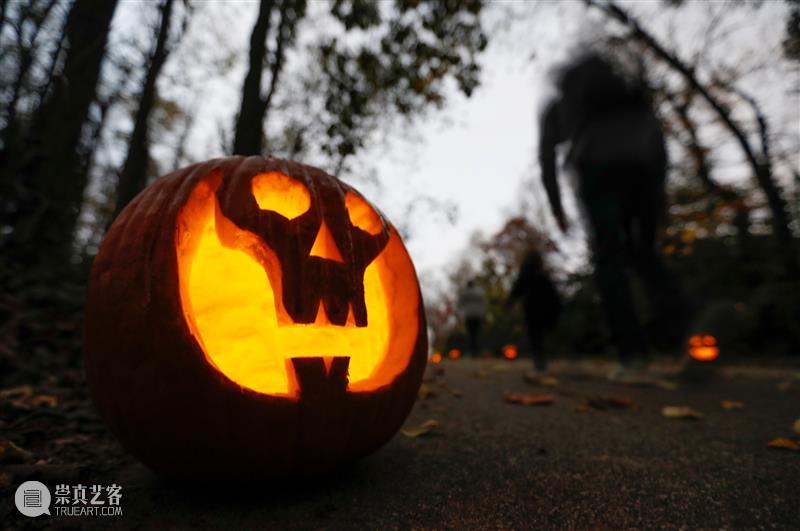
每年人们都会雕刻南瓜,并在里面放上一盏灯。他们把南瓜放在门廊上向邻居炫耀。孩子们将参加南瓜雕刻比赛,并赢得最具创意的设计奖项。成年人也会参与进来,并在南瓜上做出详细而独特的设计。
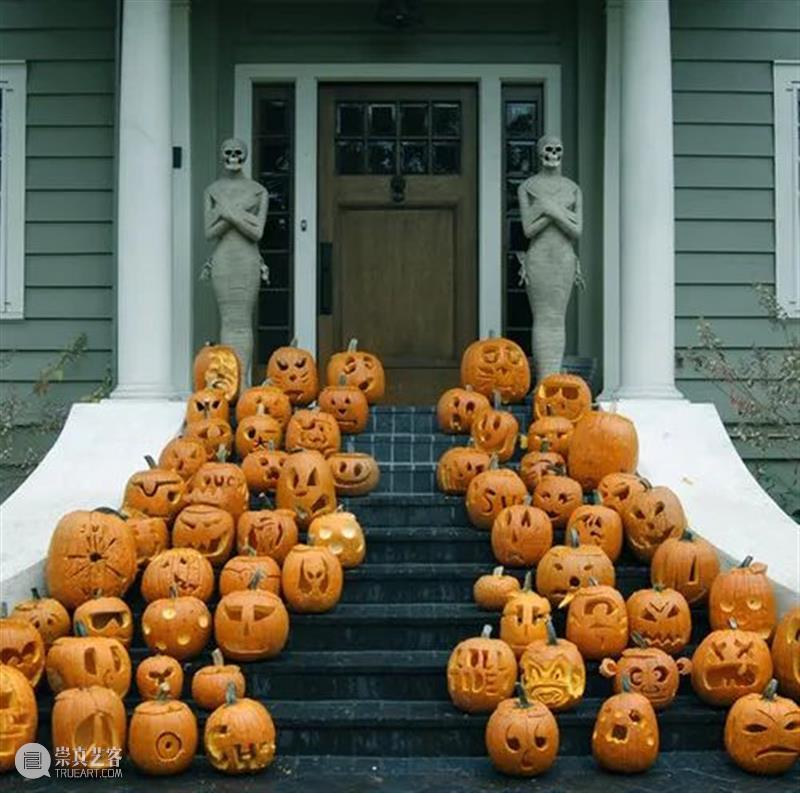


Halloween around the World
世界各地的万圣节
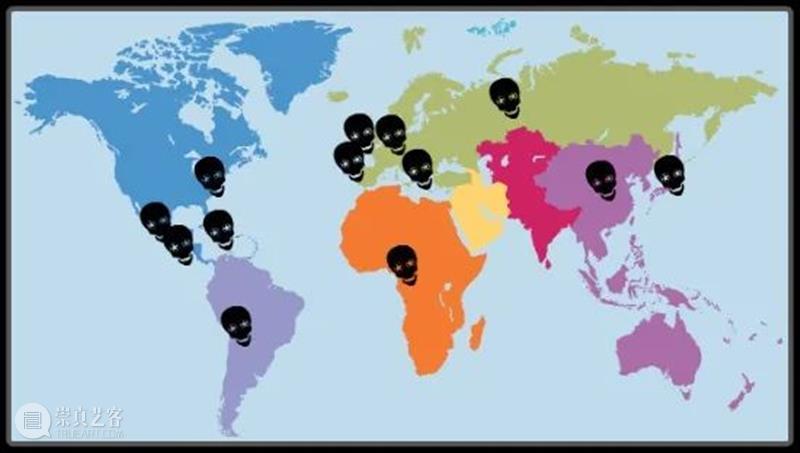
Ireland 爱尔兰
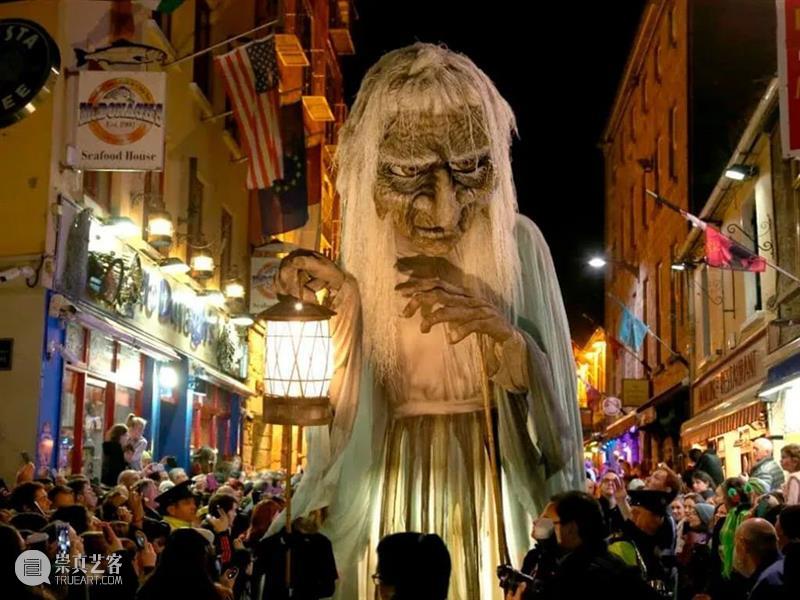
Ireland can be said to be the point of origin for Halloween. From the last Monday in October, schools will be closed for a week, as a celebration of the autumn harvest and to exorcise evil spirits. The traditional ceremony is observed to this day in a more modern way.
爱尔兰可以说是万圣节起源地,从10月的最后一个星期一开始学校就会放假一周,作为庆祝秋收、驱除恶灵的传统仪式,承继至今。

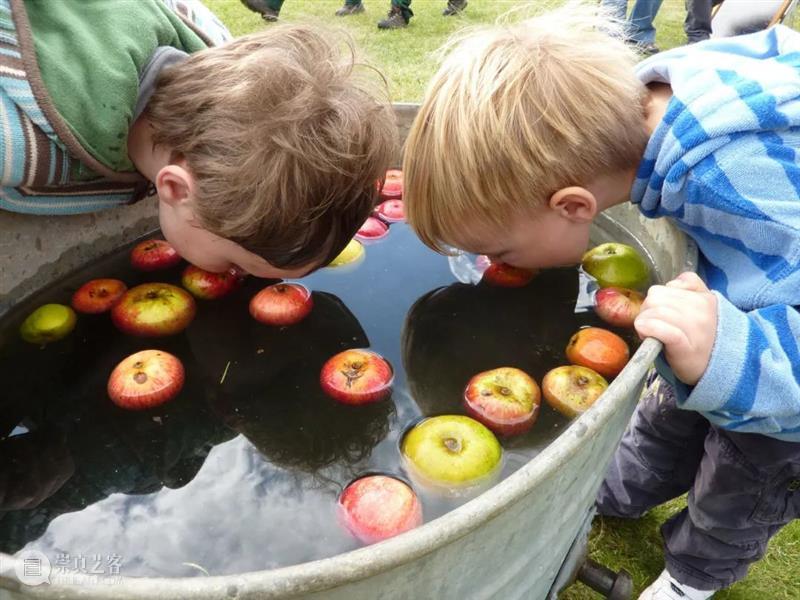
The streets are filled with Halloween celebrations. People will play a game called "Bobbing for Apples," which involves biting apples floating in water, or they enjoy dressing up. They may enjoy a cake called "Barmbrack" with dried fruit and spend time with their family. It is even said that they would hide rings, coins, buttons, cloth, etc., in the "Barmbrack" cake to read fortune.
街上到处洋溢着万圣节庆典的氛围,人们会玩一种称为"Apple Bobbing"游戏,以嘴巴咬起浮在水面上的苹果,或享受扮装的乐趣;又或者品嚐加入水果乾的蛋糕"Barmbrack",与家人一同度过快乐的时光。据说他们甚至会在"Barmbrack"蛋糕中藏入戒指、硬币、钮扣、布等等,藉此占卜运势。
Japan 日本
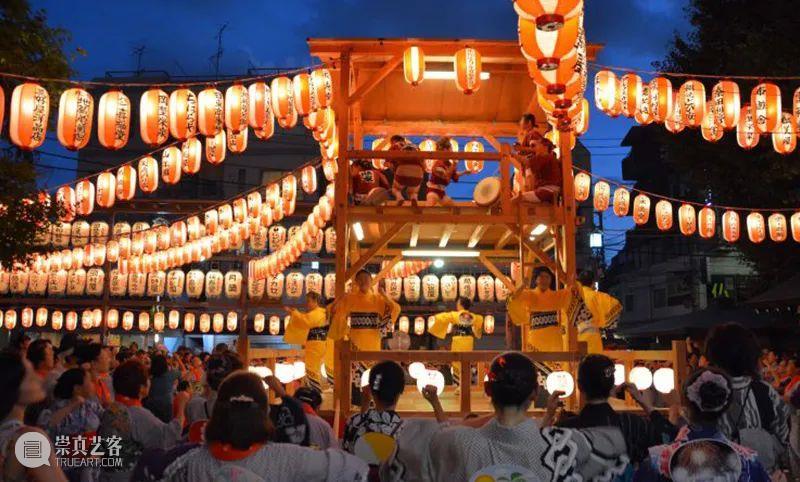
Japan does not celebrate a western-style Halloween, but it is still a part of their culture. While most people here know a little about Halloween in the United States, with the costumes, parties, and trick-or-treating; very few know exactly when or how it's celebrated elsewhere. The Japanese celebrate the "Obon Festival" (also known as "Matsuri" or "Urabon" and pronounced, 'oh bone'.) which is similar to Halloween festivities in that it is dedicated to the spirits of ancestors. Special foods are prepared and bright red lanterns are hung everywhere. Candles are lit and placed into lanterns which are then set afloat on rivers and seas.
日本不庆祝西方的万圣节。虽然大多数人对美国的万圣节略有所知,包括万圣节的服装、派对和不给糖就捣蛋的活动;很少有人知道确切的庆祝时间和方式。日本人庆祝“盂兰盆节”,这与万圣节庆祝活动类似,是为了纪念祖先的灵魂。人们准备了特殊的食物,到处挂着大红灯笼。蜡烛被点燃,然后放入灯笼,然后在河流和海洋上漂浮。

During the "Obon Festival," a fire is lit every night in order to show the ancestors where their families might be found. "Obon" is one of the two main occasions during the Japanese year when the dead are believed to return to their birthplaces.
在“盂兰盆节”期间,为了向祖先展示他们的家人可能在哪里被发现,人们每天晚上都会点燃篝火。“盂兰盆”是日本一年中人们相信死者会回到出生地的两个主要节日之一。
Mexico 墨西哥
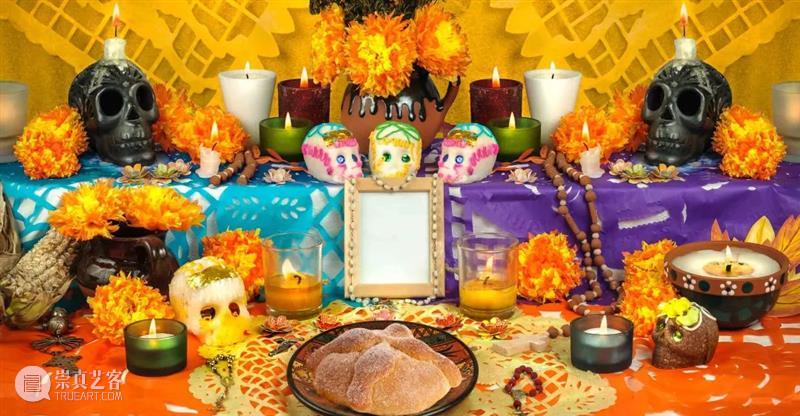
Halloween in Mexico is one of the most popular Latin American festivals. The Day of the Dead is celebrated every year for three days from October 31 to November 2. As a traditional Mexican ritual, it was added to UNESCO's List of Intangible Cultural Heritage in 2003.
墨西哥的万圣节是拉丁美洲的节日之一。每年10月31日〜11月2日的3天会庆祝“死者之日”。作为墨西哥的传统仪式,在2003年被登录于联合国教科文组织的无形文化遗产。
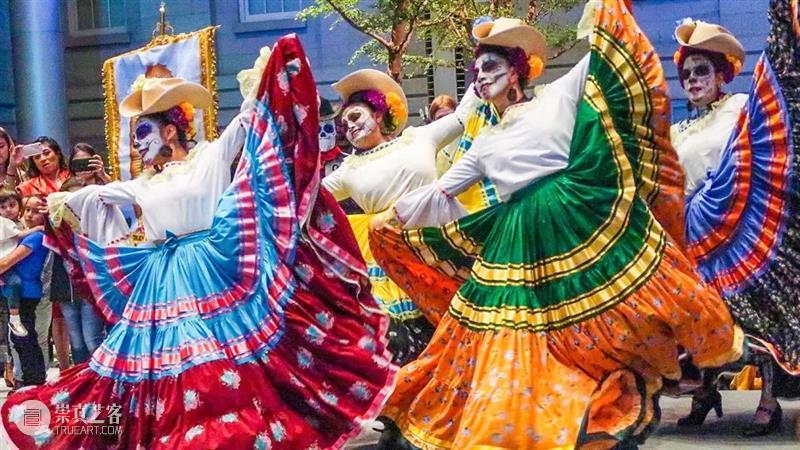
It is believed that the spirits of the dead return to family and friends at this time, so they are greeted with decorations such as favorite foods and photos of the deceased.
人们相信这个时期,死去之人的灵魂会回到家人和朋友身边,因此会以已故之人爱好的食物与生前的照片等等摆饰来迎接他们的灵魂。
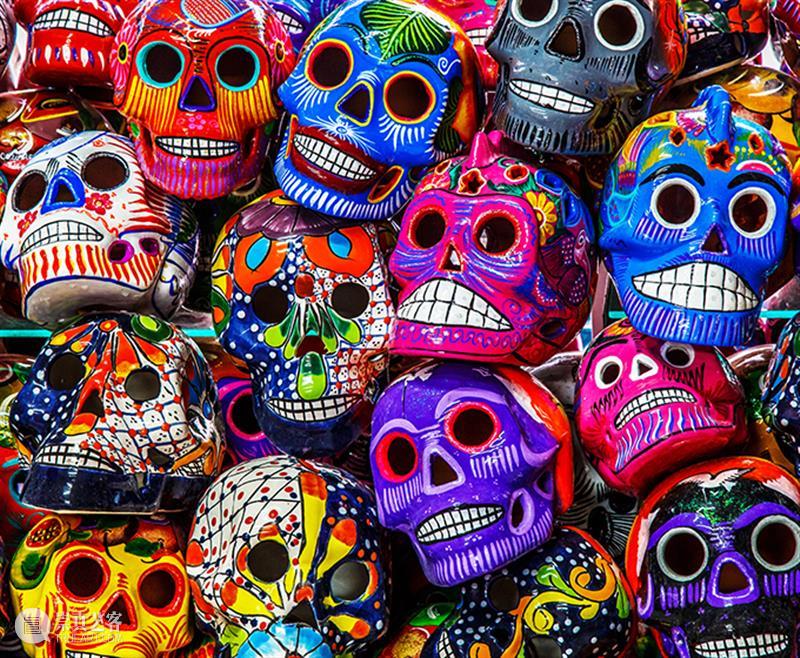
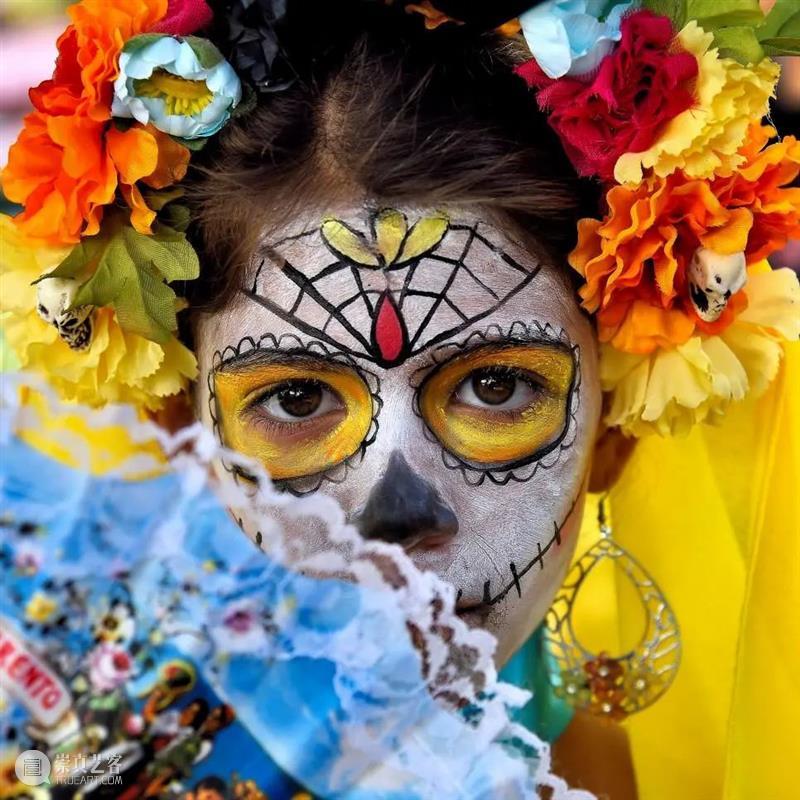
It's similar to the Japanese obon festival, but the Mexican style is vibrant and lively. The streets are decorated with colorful flags, vibrant skull figures, orange marigold flowers and host a massive parade. People wear skull masks to celebrate the return of the dead to the world.
虽然很类似日本的盂兰盆节,但是生气蓬勃且热闹庆祝才是墨西哥的风格。街上装饰着彩色的旗子、充满朝气的骷髅人偶、以橘色的万寿菊花装饰,并举办大规模的游行。人们带着骷髅面具,庆祝死去之人回到这个世界。
Romania 罗马尼亚
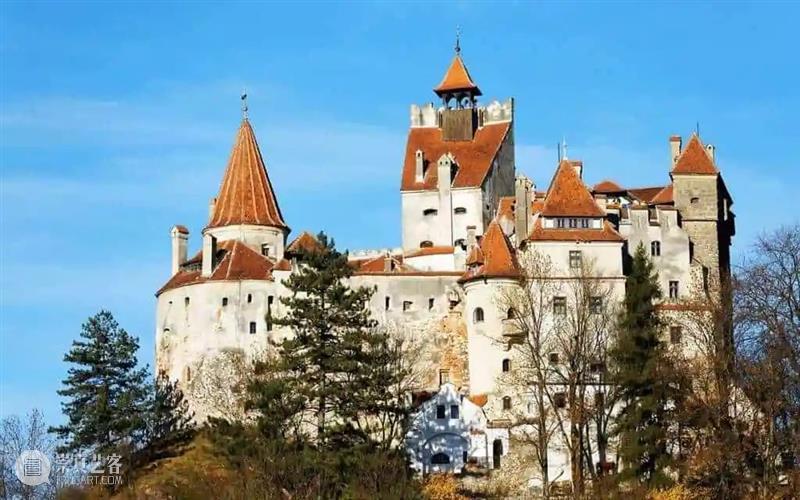
Romania did not seem to have the custom of Halloween at first, but as the birthplace of the famous "Count Dracula", gradually began to hold activities related to Dracula and Halloween. Famous as the castle where Dracula was born, Bran Castle is visited by tourists from all over the world for Halloween parties.
罗马尼亚原先似乎没有过万圣节的习惯,但因为是有名的「德古拉伯爵」诞生之地,逐渐开始举办与德古拉及万圣节相关的活动。因为是「德古拉出生的城堡」而着名的布兰城堡,一到万圣节就会有许多来自世界各地的观光客造访,城堡当中会举行万圣节派对。

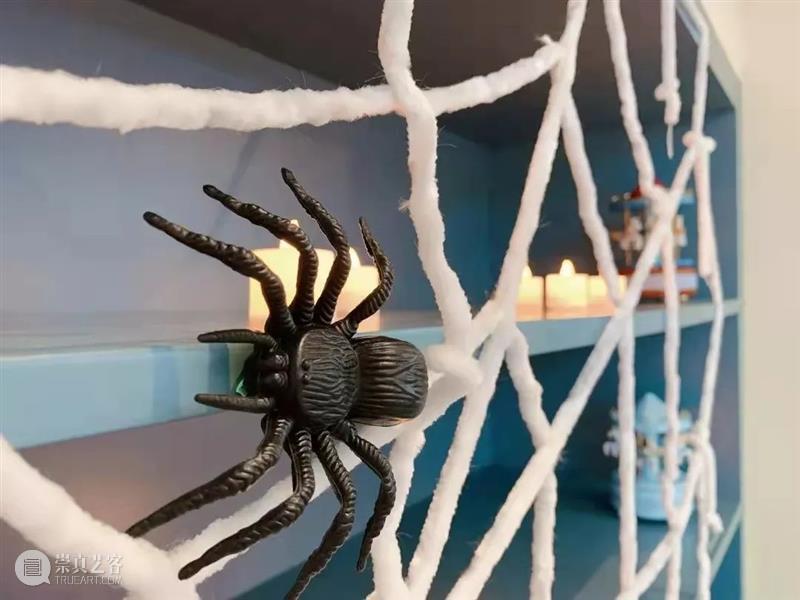
Originally held as a religious ceremony in Ireland and Scotland, Halloween has become a fun event for both adults and children after it spread to the United States. And now it's spreading all over the world, incorporating each country's culture into a unique event that everyone can enjoy.
原先在爱尔兰、苏格兰做为宗教仪式诞生的万圣节,传到美国之后摇身一变成为大人小孩都能享受乐趣的活动。接着现在在世界各地传播开来,结合各国的文化,变成各自有特色的活动让人人都能感受那趣味。
Source:
https://thegate12.com/tw/article/343
https://www.mababy.com/knowledge-detail?id=4348
https://www.history.com/topics/halloween/history-of-halloween
https://www.travelchannel.com/roam-blog/food-culture/twin-peaks-locations-in-real-life
https://www.unitedlanguagegroup.com/blog/translation/how-halloween-is-celebrated-around-the-world
https://www.pumpkinpatchesandmore.org/halloweenglobal.php






已展示全部
更多功能等你开启...
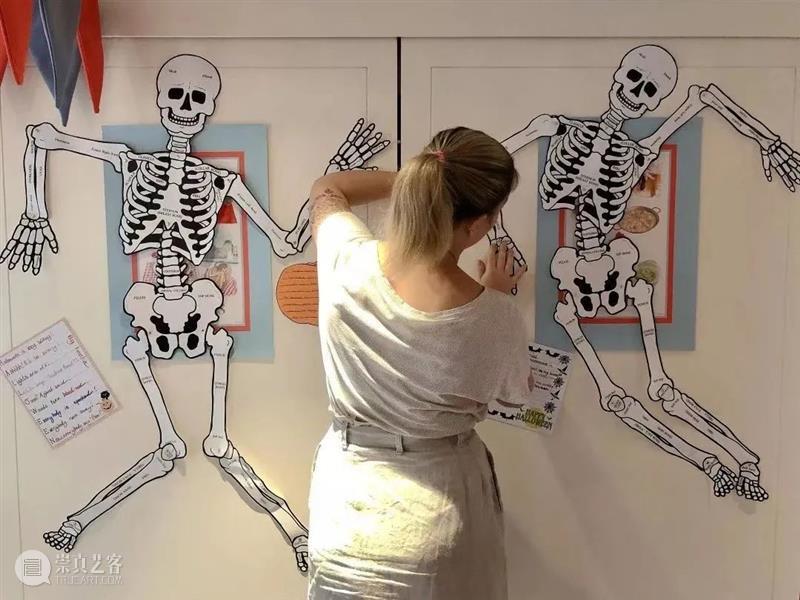
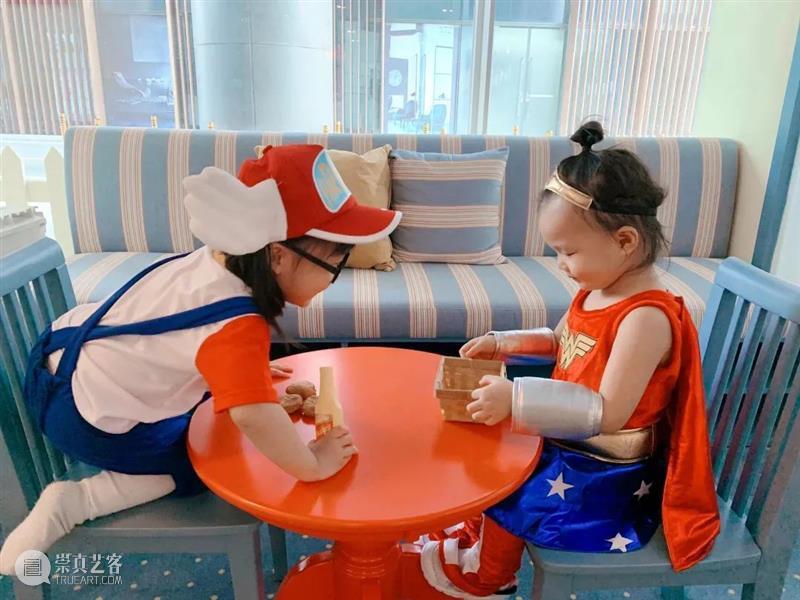
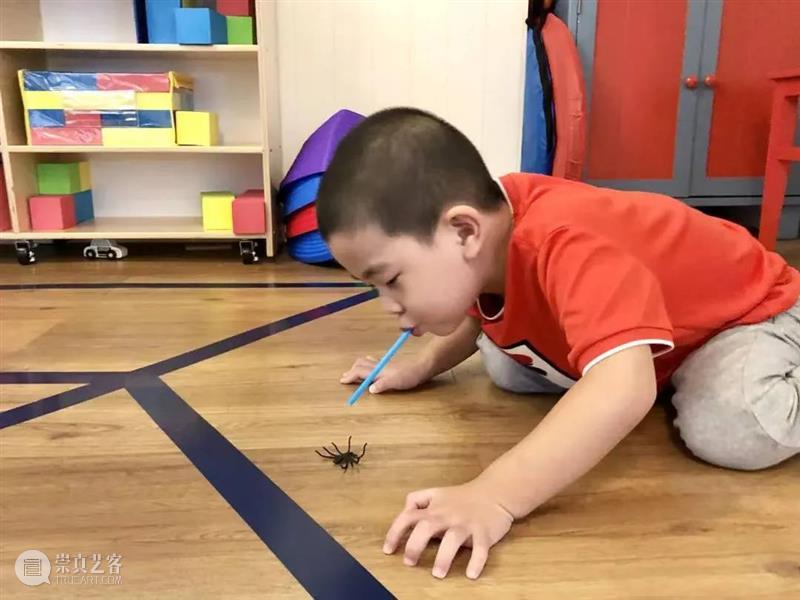
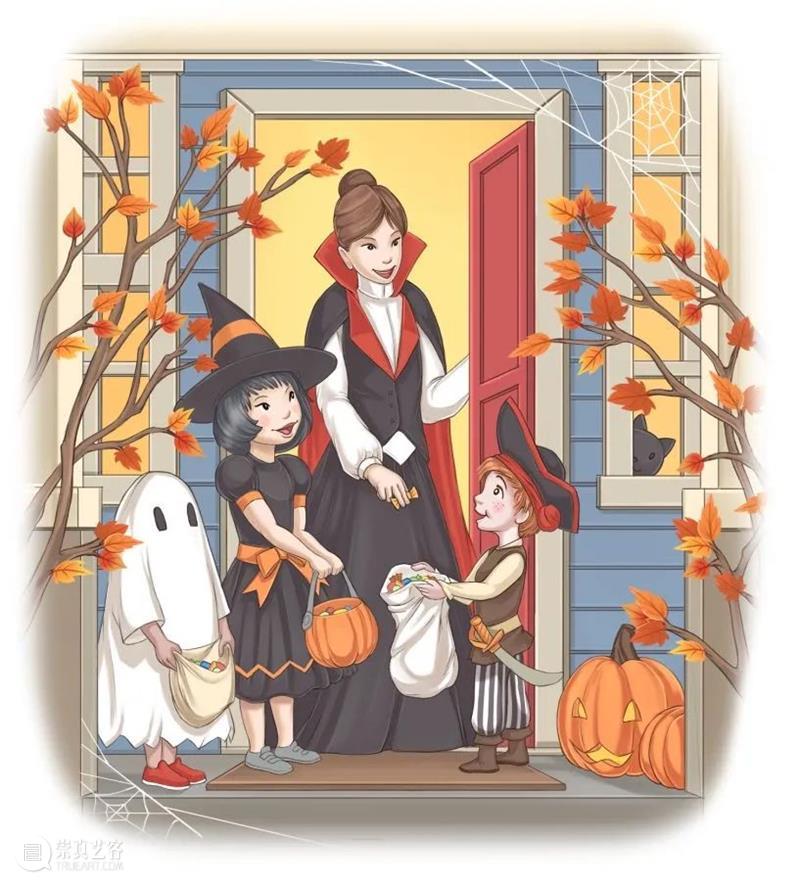
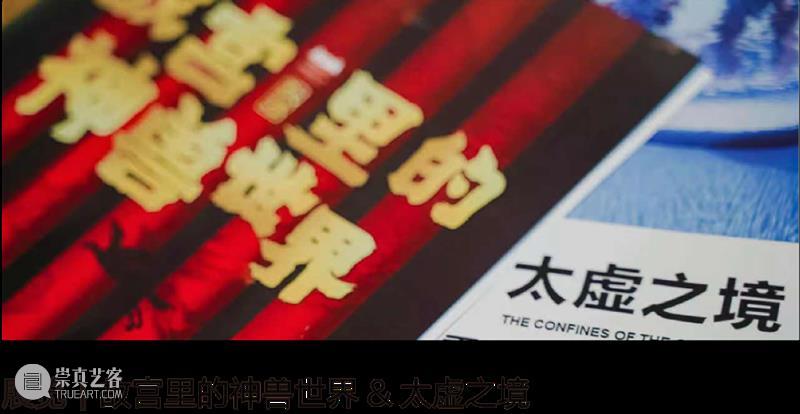

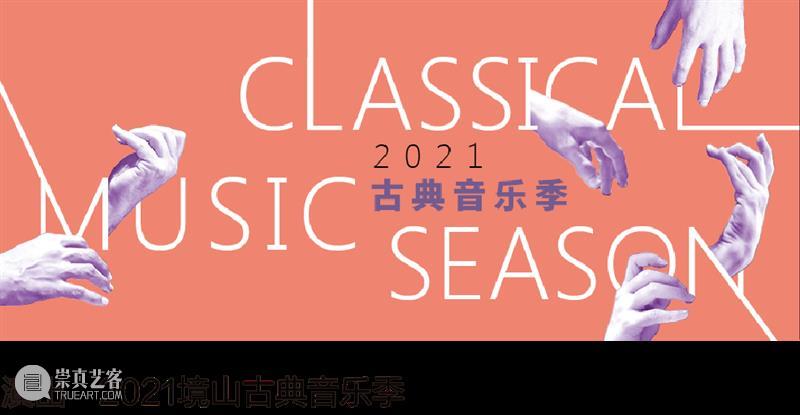





 分享
分享